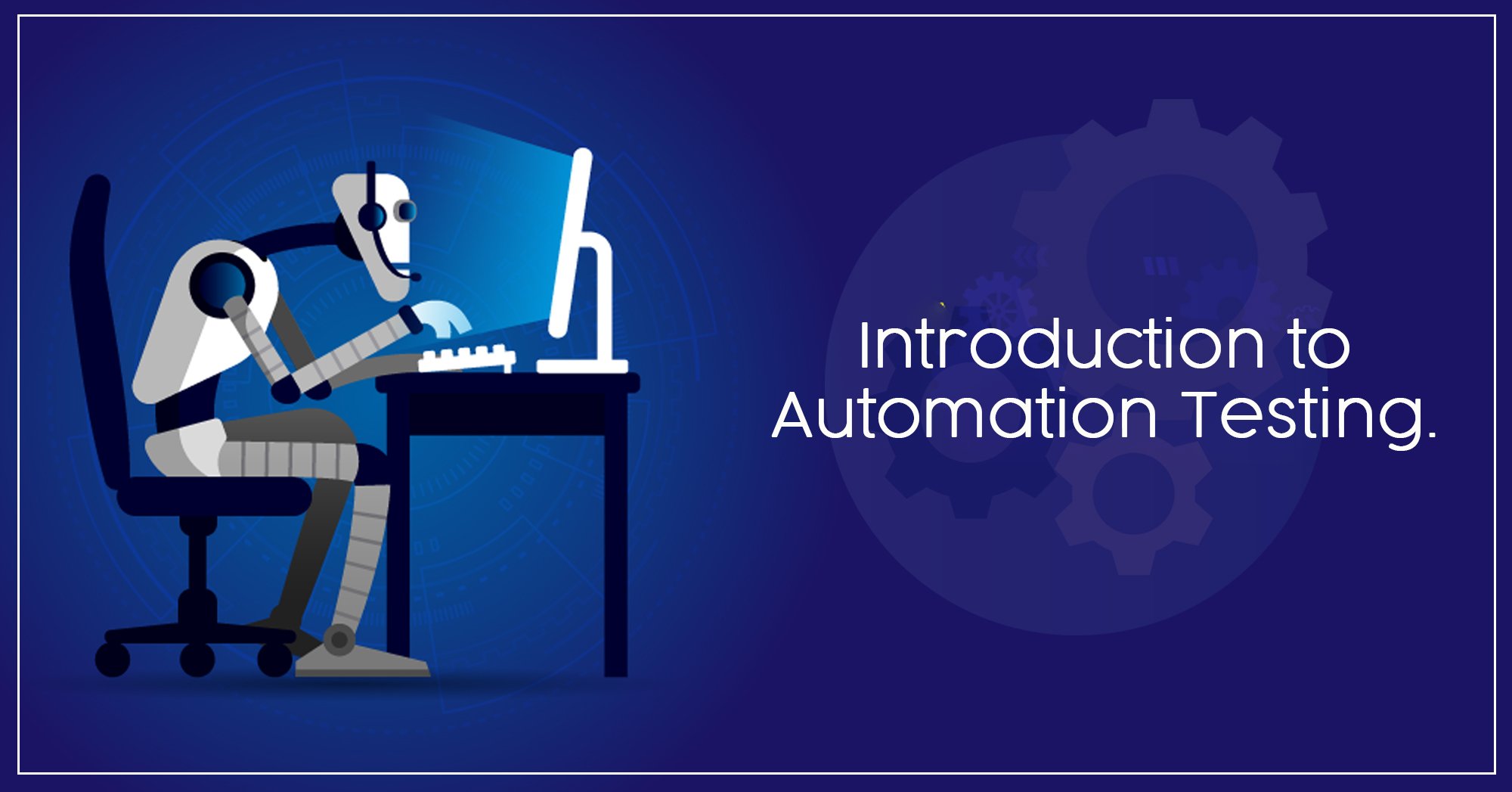Reliable Automation Testing: Enhancing Software Program Integrity and Rate
Reliable Automation Testing: Enhancing Software Program Integrity and Rate
Blog Article
From Guidebook to Automated Screening: A Comprehensive Overview to Transitioning Efficiently and Properly
In the world of software application testing, the change from handbook to automated processes has actually become a significantly crucial transition for companies seeking to boost effectiveness and precision in their testing techniques. The journey from guidebook to automated screening is not without its challenges, however when approached tactically and with a clear strategy in mind, the benefits can be significant.
Benefits of Automated Examining
Automated screening supplies numerous advantages, boosting performance and accuracy in software program development processes. Automated tests can be run all at once on numerous devices and running systems, drastically speeding up the testing stage contrasted to hand-operated testing.
Additionally, automated testing guarantees a higher level of precision in detecting issues. Uniformity in testing is also boosted, as automated examinations perform the same actions exactly each time they are run.
Choosing the Right Tools

First of all, analyze your objectives and requirements. Understand the range of your project, the innovations included, and the capability of your team. This analysis will certainly aid you establish the attributes and capacities you require in your testing devices.
Second of all, think about the compatibility of the tools with your existing systems and processes. Smooth combination with your current software development lifecycle is necessary to make certain a smooth change to automation.
Furthermore, assess the scalability and flexibility of the devices. As your testing needs advance, the devices ought to be able to adjust and fit changes properly.
Finally, element in the support and area around the tools. Robust assistance and an energetic user area can give important sources and help when executing automated screening. By meticulously thinking about these facets, you can choose the right devices that line up with your needs and established the stage for an effective transition to automated testing.
Creating Effective Examination Manuscripts

When crafting test manuscripts, it is necessary to consider the certain requirements of the software being checked and ensure that the manuscripts deal with all critical capabilities. Clear and descriptive naming conventions for examination scripts and test instances can improve readability and maintainability. Additionally, including mistake handling systems discover this info here within the examination manuscripts can help in determining and addressing concerns promptly.
Moreover, organizing examination scripts into modular elements can boost reusability and scalability, minimizing redundancy and enhancing efficiency in test manuscript upkeep. Routine reviews and updates to test manuscripts are vital to maintain rate with evolving software application requirements and functionalities. By complying with these concepts, testers can create durable and efficient examination manuscripts that contribute dramatically to the success of automated testing processes.
Integrating Automation Into Workflows
Effective combination of automation devices right into existing operations improves and enhances procedures performance within software program growth cycles. When incorporating automation into workflows, it is essential to identify repeated tasks that can be automated to save time and decrease human mistake. By flawlessly incorporating automated screening devices like Selenium or Appium right into the software application advancement lifecycle, groups can accomplish faster comments on code modifications, resulting in quicker insect detection and resolution. This integration enables continuous screening throughout the growth procedure, making sure that any type of issues are identified early on, causing greater software application blog here high quality. Additionally, automation can be used to cause examinations immediately after each code commit, providing immediate recognition and maximizing testers to focus on more facility situations. Appropriate integration of automation devices calls for partnership between growth, screening, and operations teams to click to read develop a unified process that optimizes efficiency and performance in providing top notch software application products.
Making Sure a Smooth Shift
Efficiently transitioning to automated testing includes thorough preparation and careful implementation to reduce interruptions and make best use of performance in the software application growth process - automation testing. To make sure a smooth transition, it is vital to start by carrying out a comprehensive evaluation of the existing testing processes and determining areas where automation can bring one of the most substantial advantages. Engaging with all stakeholders at an early stage while doing so, consisting of developers, testers, and project managers, is essential for gathering assistance and buy-in for the automation campaign
Interaction is key during this transition phase. Clear communication of the goals, advantages, and assumptions of automated screening assists to handle any type of resistance or worries that may develop. Furthermore, offering sufficient training and resources for staff member to upskill in automation devices and strategies is essential for ensuring an effective change.

Verdict
In final thought, transitioning from manual to automated testing supplies various benefits, including raised performance and reliability. By picking the ideal devices, writing efficient examination scripts, and integrating automation seamlessly into operations, organizations can make sure a effective and smooth shift. It is necessary to welcome automation as a valuable asset in software program screening procedures to enhance overall quality and efficiency.
In the realm of software application testing, the shift from manual to automated processes has become an increasingly vital transition for companies looking for to improve efficiency and accuracy in their screening methods. Automated tests can be run at the same time on numerous devices and operating systems, considerably speeding up the testing stage contrasted to hands-on screening. Uniformity in testing is also boosted, as automated tests perform the very same actions precisely each time they are run.To ensure the effective application of selected screening tools, the production of efficient test manuscripts plays a vital role in confirming the performance and performance of automated procedures - automation testing. By following these concepts, testers can produce durable and reliable test manuscripts that contribute dramatically to the success of automated testing procedures
Report this page